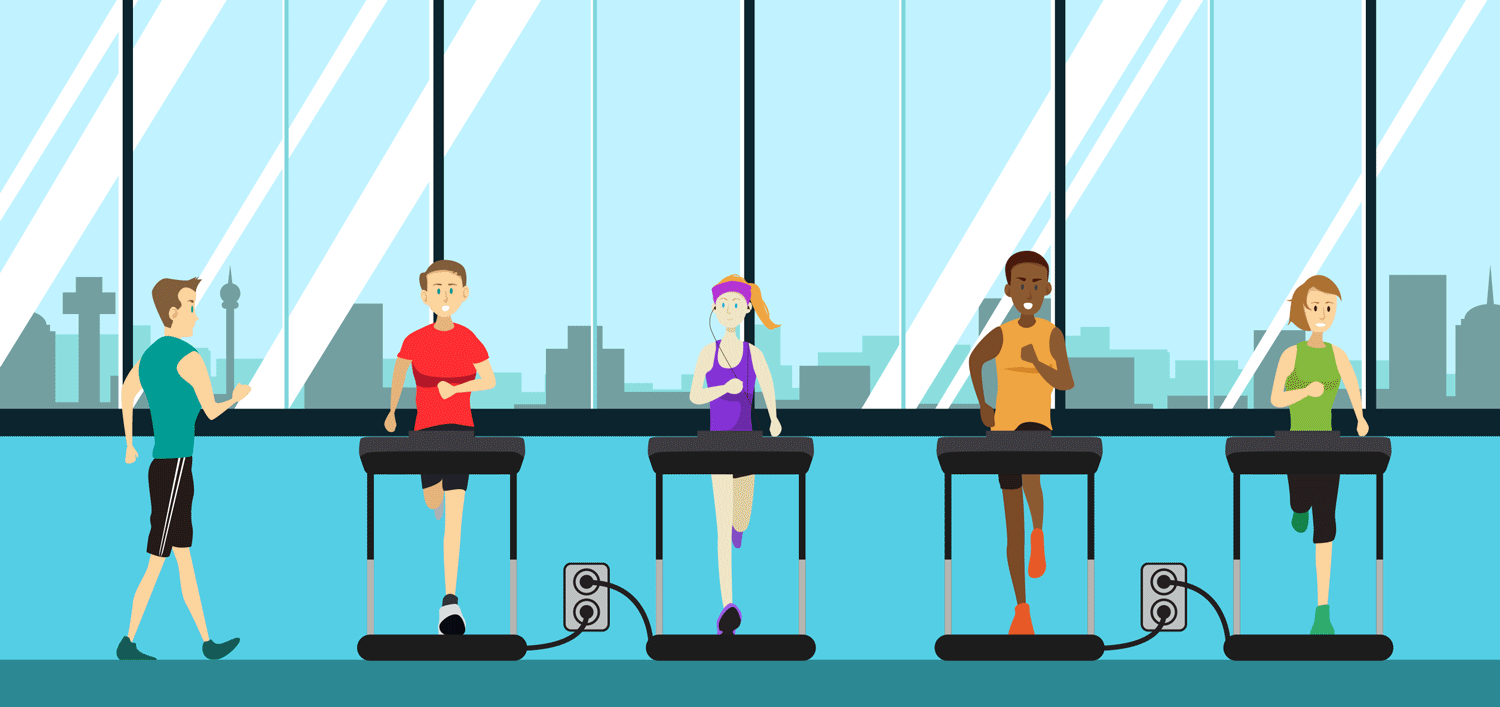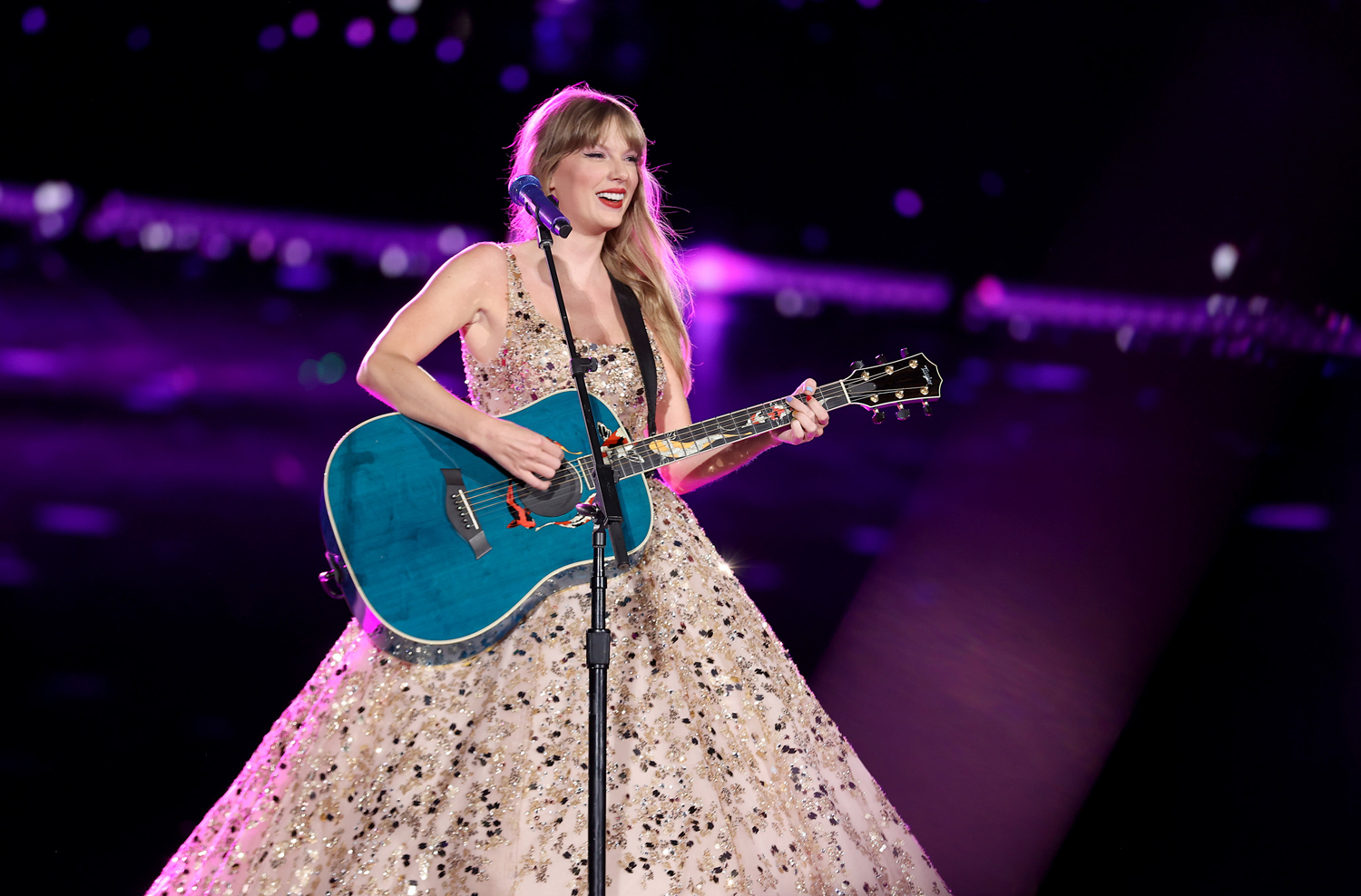The Power of Noise
Seventeen-year-old scientist Gyeongyun Lily Min has found a way to convert stadium noise into electricity.

© Maksim Pauliukevich, Siarhei Nosyreu/Dreamstime.com; Animation Encyclopædia Britannica, Inc.
The world can get pretty noisy—and maybe that’s a good thing. Seventeen-year-old Gyeongyun Lily Min believes all that noise, from sirens to stadiums, could be used to generate electricity. And she did experiments to show how it would work.
Min was inspired by the movie Monsters, Inc., in which children’s screams generate energy. In a world where 60 percent of electricity is made with fossil fuels that contribute to climate change, scientists are trying to find more sustainable ways to harness energy. Min asked herself, why not use sound waves?
“I began to wonder if, in reality, we could harness the abundant noise in environments like sports arenas and use it to generate electricity,” Min told Smithsonian Magazine.
Min believed this could be achieved because of the piezoelectric effect. When pressure is applied to certain materials (called piezoelectric materials), the materials generate electric energy. The piezoelectric effect is at work in light-up shoes, which light up when a person’s foot puts pressure on them. Sound waves also generate pressure—the louder the sound, the greater the pressure. This is why Min believes that loud noise could help produce a generous amount of electricity.
Min tested her theory by building a model of a National Basketball Association (NBA) stadium and placing piezoelectric materials inside the model. Then she played audio recordings of stadium crowd noise, generating between 70 and 100 decibels of sound. Sure enough, a small amount of electricity was produced.
Min points out that her setup wasn’t ideal. She bought the materials on Amazon and had little control over their quality.
“If I had access to better materials, I believe I could significantly enhance the effectiveness and reliability of my energy harvesting research,” Min told Smithsonian Magazine.
And Min says her findings suggest that this concept could work, not only in stadiums but also on highways, in factories, in train stations, and in any other noisy environment.



